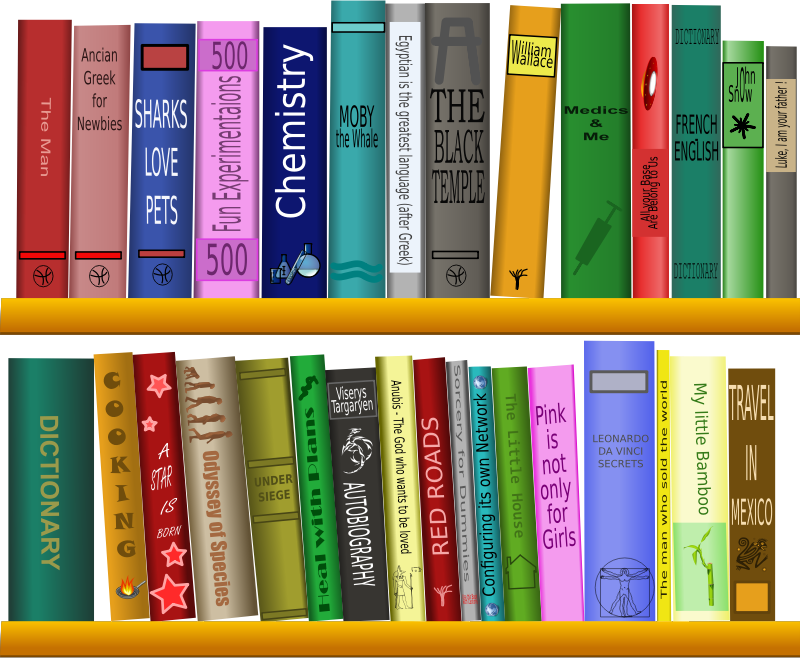Available at Amazon only
Free with Kindle Unlimited
Poetic Poison
Delightful–and Deadly–Return to Swansneck Village
What a delightful second visit to Swansneck Village! I read the first book of the series a few weeks back. While you don’t have to have read the first book to understand the second–as the author does an excellent job of giving bits and pieces of backstory throughout the first part of the book–you will have a greater appreciation of the diverse cast of characters and what brought Jenny Bradshaw back to Swansneck if you do.
Jenny is well ensconced in village life now, her vintage hat store turning into a vintage clothing store. In a handbag from a box of items purchased for the store, she finds a crumpled poem with a murder threat. It turns out that the woman who owned the handbag died some months earlier. This makes Jenny question whether there was murder involved in some way.
Jenny and her grandmother sort through some of her grandfather’s things at the house she inherited from him. When Jenny first moved in, she simply boxed up her grandfather’s things to make room for her stuff. Now it appears that her grandfather’s stamp collection is missing. So now Jenny has two things to solve. Was there a foul play involved with the woman’s death? What happened to her grandfather stamps?
Along the way, Jenny gets involved in village happenings, like the Founders Day Fete. Also, it seems that a group of older ladies in town see her as a spinster now!
I enjoyed this book so much! The author has a way of drawing you in that is subtle and endearing. As someone who reads other cozies and thrillers, I enjoy the slow pace of her writing. I often get annoyed at books where the pacing is too slow, but surprisingly, I appreciate it here in a way that I don’t in other books. I particularly love the small moments of interactions between friends and family because they seem organic and realistic. For instance, before Jenny goes through her grandfather’s things with her grandmother, the two women just to talk about the past. It reminded me of discussions I’ve had with my mother as we readied old Christmas ornaments and discussed the history of how certain ones came into the family. That sort of intimate writing is rare in any genre of modern book and especially mysteries. Its unexpectedness makes it more special.
The book had some of the common issues with grammar, punctuation, and usage, and I do understand and appreciate the difference between American and British English. But some rules–like the one that should be between independent clauses joined by a coordinating conjunction in a compound sentence–stand in either form of English. I actually do enjoy the use of British spelling, words, and phrases, as they lend authenticity to this tale that takes place in a small town in the north of England. I even learned a few terms that I didn’t know, like dab-hand, and I consider myself an Anglophile.
If you enjoy cozy British mysteries with a large cast of realistic and fascinating quirky characters, you will enjoy this book and the previous one in the Swansneck Village series.





